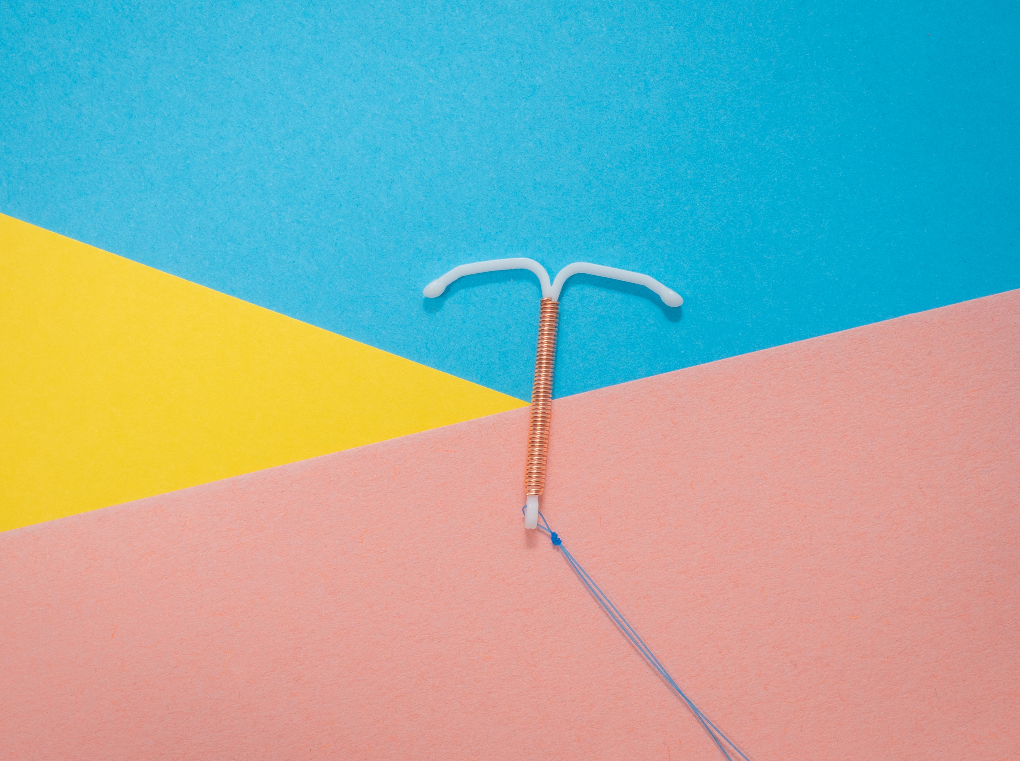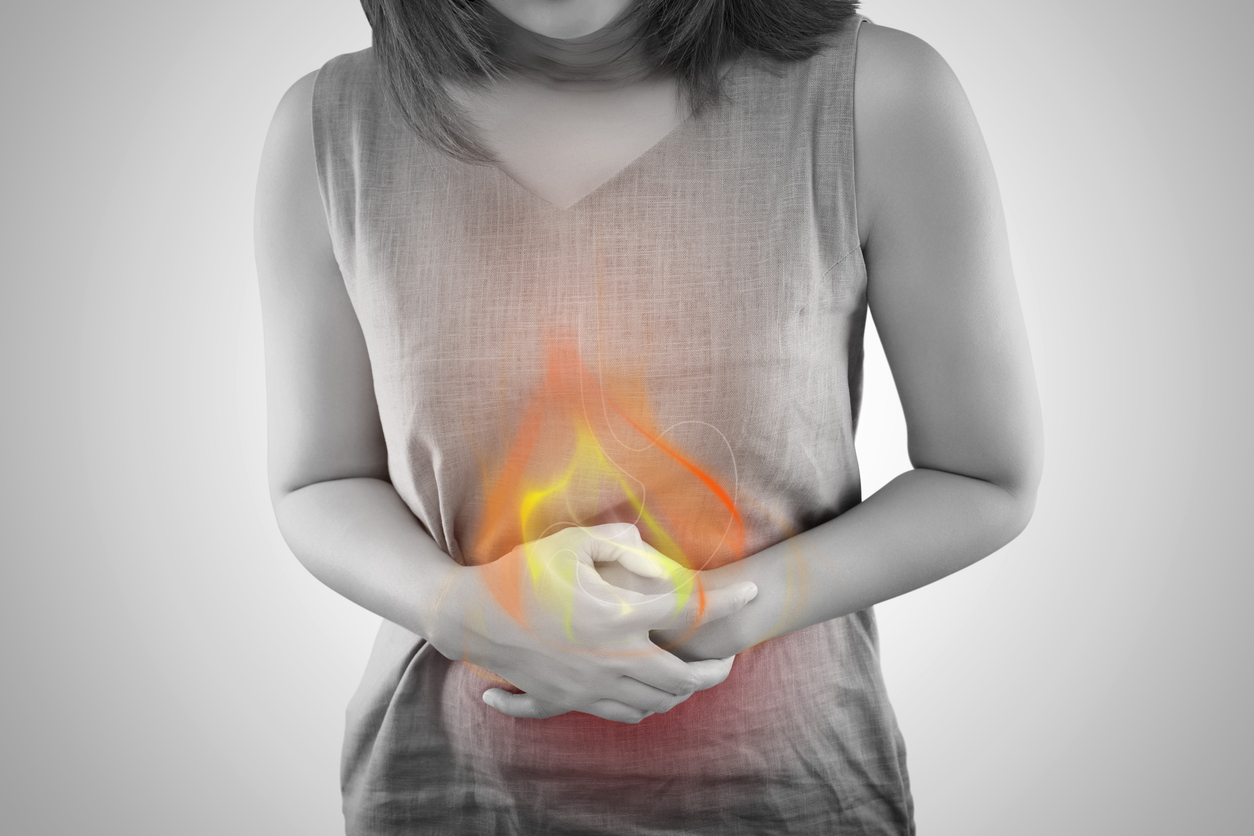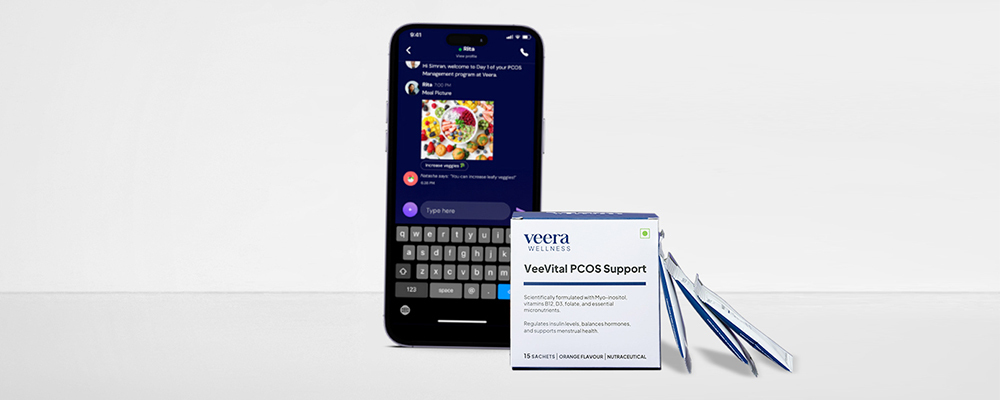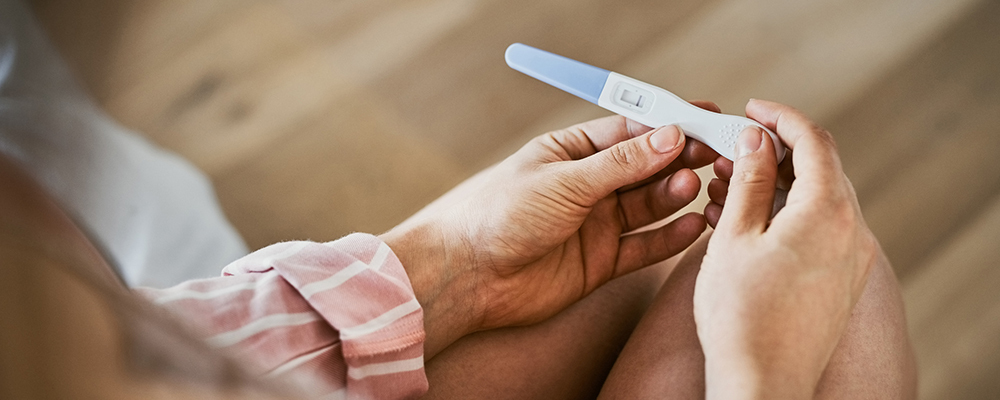Thinking about getting an IUD, but heard some scary stories? Let us explain! Intrauterine devices (IUDs) used to have a bad reputation based on an old model that was pulled from the market; however, new modern IUDs have been extensively studied and are very safe and effective. In the 1970s, the Dalkon Shield, an intrauterine device, was released and heavily marketed with approximately 3 million users before it was discovered that it led to infection, sometimes even sepsis and infertility. Over 300,000 lawsuits were filed and the device was pulled from the market (and the company is bankrupt). This is what tarnished the reputation of the IUD, but in the last 20 years, new designs are causing a comeback and it has quickly become a favorite method of contraception among women.
The modern IUD is now a small T-shaped device and includes a different type of string, which was the main cause of infection in the prior version. Like all other forms of birth control, intrauterine devices have their benefits and side effects. That said, the peace of mind of not worrying about using a condom every time you want to do the deed or remembering to take a pill every day, along with the 99% effectiveness of preventing pregnancy far outweigh the drawbacks of an IUD.
Here are a few things you need to know before you get an IUD.
There Are Two Types of IUDs
There are two types of IUDs:
- Hormonal IUD: With the hormonal IUD, only a small amount of hormone reaches the bloodstream, therefore it often has less severe side effects than other hormonal methods such as pills, patches and shots. There are several different types and sizes on the market that last from 3-7 years depending of which type. Usually, the hormonal IUD contains a type of progestin which increases the thickness of your cervical mucus to prevent sperm from entering. The hormonal type takes about 7 days for it to become effective and is >99% effective at preventing unwanted pregnancy.
- Copper IUD: If you do not want to go for a hormonal birth control option, a non-hormonal IUD containing copper can be a great choice and is quite popular in India. The copper IUD prevents sperm from fertilising an egg by creating a hostile environment in the uterus. Sometimes called IUCD to represent that the IUD contains copper, there are several generic versions, with some sponsored by the government for free. This type of IUD can last for up to 10-12 years and is also >99% effective at preventing pregnancy. The copper IUD starts working as soon as you have it inserted, and therefore can even work as emergency contraception if inserted within 5 days of unprotected intercourse.
IUDs Last for Years
IUDs are a type of Long-Acting Reversible Contraception (LARC). This means that your contraceptive needs are taken care of for three to twelve years depending on the type of IUD. You will no longer have to panic about whether or not you forgot to take a pill or if your period is late! It’s in there, and it will stay until you are ready to get it out. Rarely, does the IUD move which would render it ineffective. If you think you have signs of pregnancy nausea/vomiting or breast tenderness, then take a pregnancy test and consult a doctor. When you decide to take it out, your fertility will return back to normal immediately.
IUDs Are Implanted in The Uterus
The IUD is placed inside the uterus through the cervix and vagina. The actual insertion can be uncomfortable, so it is best to take an over-the-counter pain pill beforehand – ask your gynecologist to recommend the best option for you. Sometimes, if you have problems with pain, local or general anesthesia may be given.
Another common worry is that the doctor might pierce or puncture the uterus while implanting the IUD. While this can happen, it is extremely unlikely to occur in about 1 in 1,000 insertions. The procedure is very safe and usually happens right in the office.
Inserting an IUD Can Hurt
The experience of getting an IUD can vary significantly for each person. While some women find it uncomfortable but tolerable, others experience little to no pain at all. The process of inserting an IUD is a short one, and it only takes about 15-20 minutes to get the device settled. It is common to experience cramping and spotting after insertion of the device, for most women a few days, but for some can be for a few months. Expulsion of the IUD (meaning the IUD falling out) can occur about 2-10% of the time depending on when you are having it inserted in your cycle or if you are postpartum.
IUDs Do Not Prevent Sexually Transmitted Infections (STIs)
Condoms are the most effective way to prevent the spread of an STI. If you do not know the STI status of your partner, you should continue to use condoms with the IUD. Just like pills and other non-barrier methods, IUDs will not prevent the spread of infection. Be sure to get STI testing with your gynaecologist if you think you’ve been exposed.
Additionally, IUDs do not typically increase your risk of other types of infections such as yeast or bacterial vaginosis. These common non-sexually transmitted infections can be treated with your IUD in place.
IUDs Can Change Your Periods
IUDs can impact your periods depending on which type of IUD you choose to go with. Hormonal IUDs may lead to lighter periods, irregular periods, or in some cases, no period at all. For some women, this can be an added advantage of getting an IUD (think of all the money you’ll save not buying pads, tampons, and new underwear!). The copper IUD, however, can result in heavier, crampier periods.
IUDs and Their Side Effects
With the hormonal IUD, the main side effect is how it affects your period. Less common are headaches, nausea, bloating, skin and hair changes, and breast pain, however, these tend to subside after a few months as your body adjusts. The copper IUD can result in heavier, crampier periods, but usually doesn’t have any other side effects.
Bottomline – IUDs might come with a little discomfort, but they are incredibly effective against preventing pregnancy. Many women are very happy with the choice. If you’re interested in learning more about the IUD, talk to one of the doctors on our portal. If you’re ready, make an in-person appointment with a gynecologist.
Reviewed by: Dr. Shailly Prasad, MD/MBA, Resident Physician, Obstetrics & Gynecology. Disclaimer: Content on Veera is provided for informational purposes only and is not intended as medical advice or as a substitute for medical advice given by a physician or trained professional.
References:[1] Practice Bulletin No. 186: Long-Acting Reversible Contraception: Implants and Intrauterine Devices. (2017). Obstetrics & Gynecology, 130(5). doi:10.1097/00006250-201711000-00053[2] ACOG Committee Opinion No. 735 Summary. (2018). Obstetrics & Gynecology, 131(5), 947-948. doi:10.1097/aog.0000000000002627


















